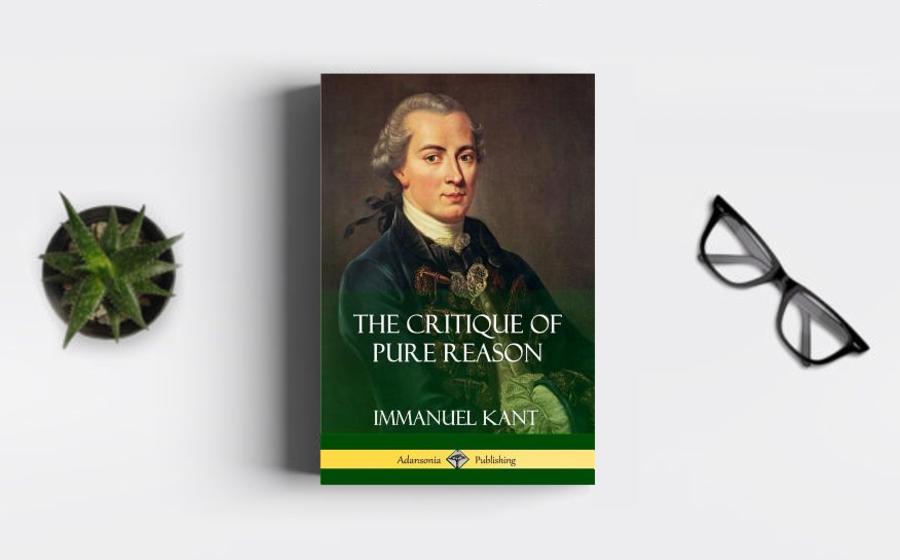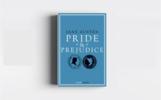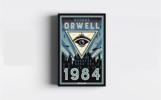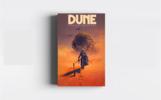In the vast realm of philosophical treatises,
Immanuel Kant's "Critique of Pure Reason" stands as a
monumental edifice, a work that reshaped the landscape
of metaphysics and epistemology. As we delve into the
intricacies of this profound philosophical inquiry, it
becomes evident that "Critique of Pure Reason" is not
merely a treatise; it is a foundational exploration of
the nature of human knowledge and reality, earning its
place among the top books of all time.
At the
heart of Kant's magnum opus lies a radical departure
from traditional metaphysical inquiries. The "Critique
of Pure Reason" marks a transcendental turn, a shift in
philosophical methodology that seeks to understand not
just the nature of reality but the conditions that make
knowledge of reality possible. Kant, akin to the great
revolutionaries in literature who challenged established
norms, redefines the scope of philosophy and introduces
the transcendental perspective.
In the tradition
of groundbreaking philosophical works that challenge the
status quo, Kant's transcendental turn echoes the
paradigm shifts found in the works of Copernicus and
Galileo. By placing the focus on the conditions of human
cognition, Kant ushers in a new era of philosophical
inquiry, one that acknowledges the active role of the
mind in shaping our understanding of the world. The
"Critique of Pure Reason" becomes a revolutionary
manifesto, challenging philosophers to rethink their
approach to metaphysics and epistemology.
Central
to Kant's critique is the concept of synthetic a priori
knowledge, an epistemological innovation that redefines
the nature of certain truths that go beyond mere
empirical observation. Kant argues that there exist
truths that are not derived from experience (a priori)
and yet go beyond mere analytical statements
(synthetic). This groundbreaking idea challenges the
traditional divide between empirical and a priori
knowledge, opening new vistas in our understanding of
cognition.
In the tradition of literary
innovators who break away from established conventions,
Kant's synthesis of the a priori and synthetic becomes a
literary exploration into the nature of human
understanding. By introducing the concept of synthetic a
priori knowledge, Kant paves the way for a more nuanced
understanding of truths that shape our comprehension of
reality. The "Critique of Pure Reason" becomes a
philosophical tapestry that intricately weaves together
the threads of reason and experience, challenging
readers to reassess the foundations of human knowledge.
Kant's identification and exploration of the
categories of understanding serve as the architectural
blueprint of cognition in the "Critique of Pure Reason."
These categories, such as causality, substance, and
unity, constitute the fundamental structures through
which the mind organizes sensory experience. In this
sense, Kant constructs a mental framework that shapes
our perception of the world, a cognitive architecture
that transcends the passive reception of sensory data.
In the tradition of literary architects who craft
intricate narrative structures, Kant's delineation of
the categories becomes a philosophical endeavor to
understand the very foundations of human cognition. By
dissecting the essential structures that underlie our
comprehension of reality, Kant provides readers with a
map, a guide to the mental landscape through which we
navigate the complexities of experience. The "Critique
of Pure Reason" emerges as a philosophical masterpiece
that invites readers to explore the inner workings of
the mind and the structures that shape our understanding
of the external world.
Kant's exploration of the
antinomies, apparent contradictions in metaphysical
reasoning, adds a layer of complexity to the "Critique
of Pure Reason." By exposing the dialectical tensions
inherent in certain metaphysical questions, Kant
challenges the notion that pure reason can provide
conclusive answers to questions about the nature of
existence, causation, and the infinite. The antinomies
become a literary device through which Kant navigates
the intricate terrain of metaphysical inquiry,
highlighting the limitations of unbridled rational
speculation.
In the tradition of literary works
that grapple with paradoxes and contradictions, Kant's
exploration of the antinomies becomes a philosophical
dialogue that transcends conventional boundaries. By
confronting the inherent tensions within metaphysical
questions, Kant invites readers to engage in a
dialectical dance, a nuanced conversation that
acknowledges the complexities of reason and the inherent
limits of our intellectual faculties. The "Critique of
Pure Reason" becomes a philosophical symphony where
antinomies serve as dynamic movements, adding depth and
nuance to the overarching narrative of human
understanding.
Kant's examination of the
transcendental aesthetic focuses on the nature of
sensibility, the receptivity of the mind to sensory
impressions. By distinguishing between the a priori
forms of sensibility (space and time) and the content
provided by empirical intuition, Kant establishes the
groundwork for understanding how the mind interacts with
the external world. The transcendental aesthetic becomes
a symphony of sensibility, harmonizing the elements of
space and time in the composition of human experience.
In the tradition of literary compositions that evoke
sensory experiences, Kant's transcendental aesthetic
becomes a philosophical sonnet to the human capacity for
perception. By dissecting the nature of sensibility,
Kant explores the symphonic interplay between the mind
and the external world. The "Critique of Pure Reason"
becomes a literary opus that celebrates the sensory
richness of human experience and provides readers with a
profound meditation on the nature of perception.
Kant's "Critique of Pure Reason" extends its reach
beyond theoretical inquiry to practical reason, where
Kant introduces the postulates of morality, God,
freedom, and immortality. This practical turn,
reminiscent of literary works that seamlessly blend
theory and morality, transforms Kant's critique into a
comprehensive exploration of the human condition. By
postulating the existence of God, the freedom of the
will, and the immortality of the soul as necessary
conditions for moral action, Kant navigates the
intersection of metaphysics and ethics.
In the
tradition of literary works that grapple with moral
quandaries, Kant's practical turn becomes a
philosophical drama where the characters are the
fundamental principles that guide human conduct. The
"Critique of Pure Reason" evolves into a narrative that
explores the moral landscape of human existence,
providing readers with a roadmap for ethical
deliberation. Kant's postulates become moral
imperatives, resonating with the timeless themes found
in literary works that contemplate the nature of good
and evil.
n this exploration of "Critique of Pure Reason," it becomes evident that Immanuel Kant's philosophical masterpiece is more than an intellectual treatise; it is a symphony of human thought, a composition that resonates with the harmonies and dissonances of reason. The transcendental perspective, the exploration of categories, the confrontation of antinomies.






